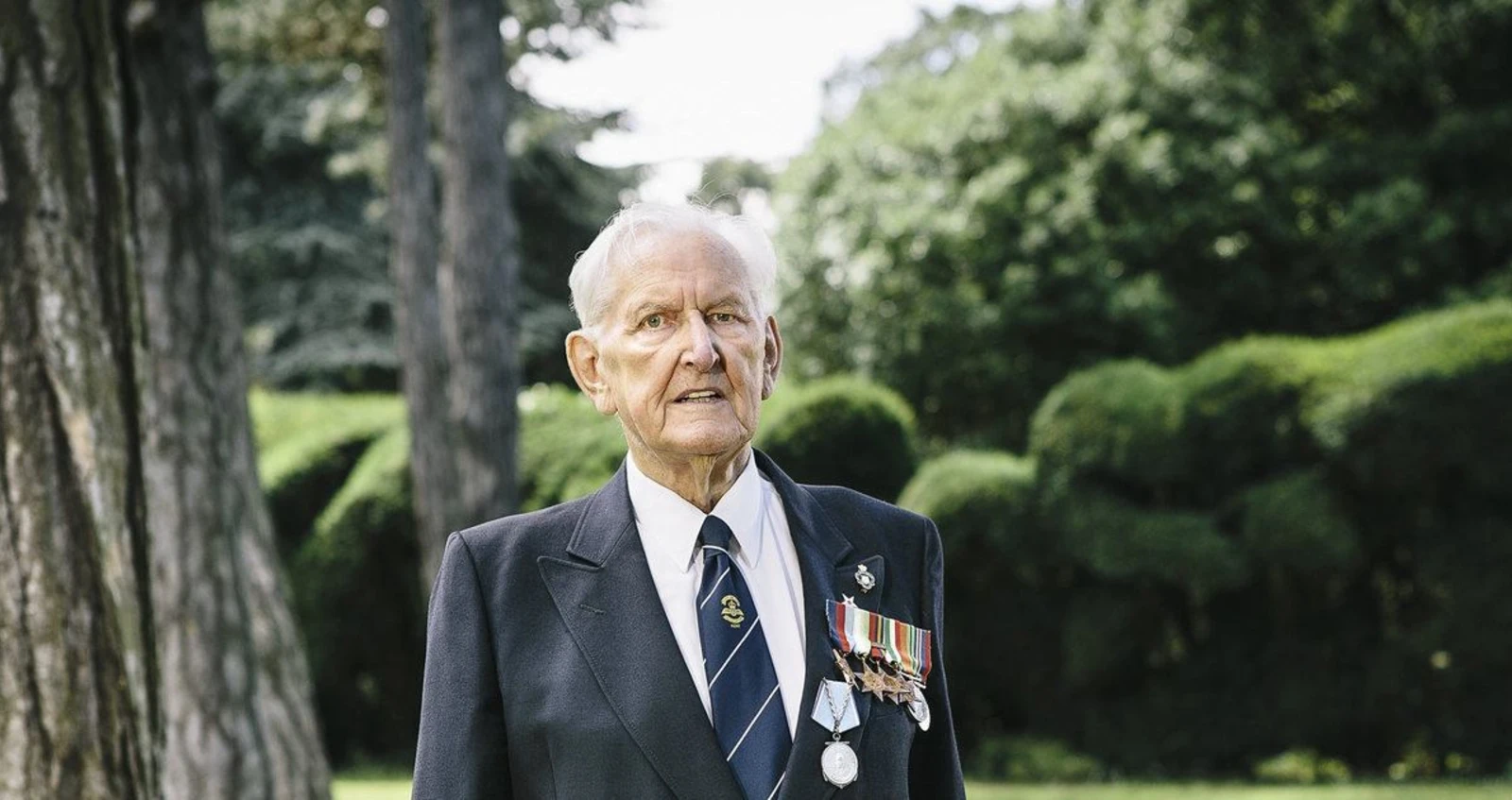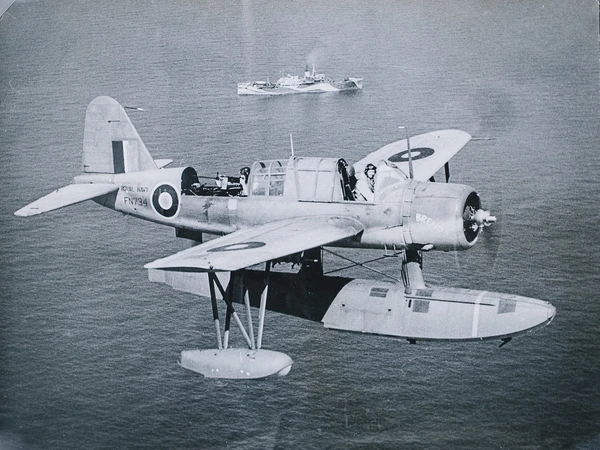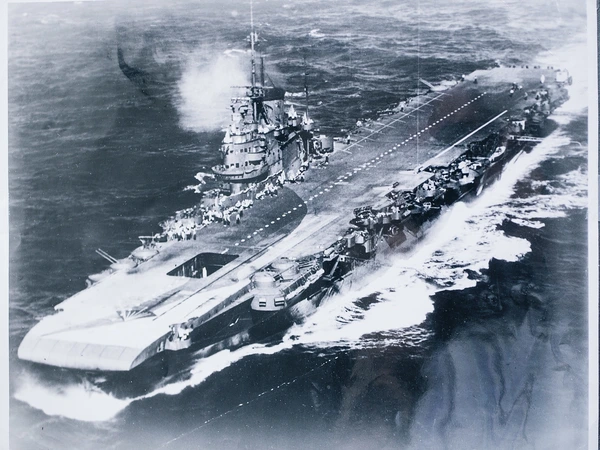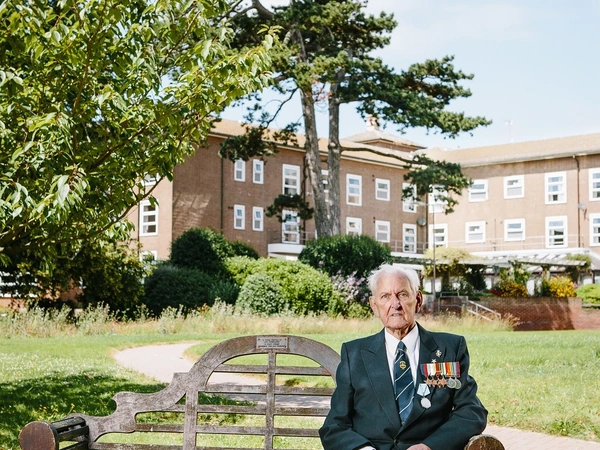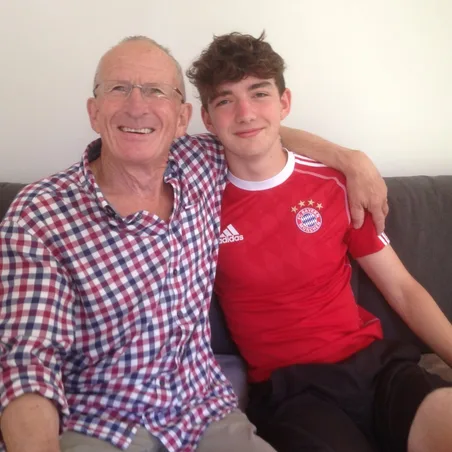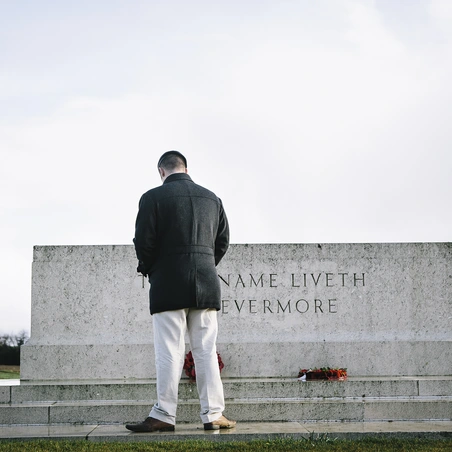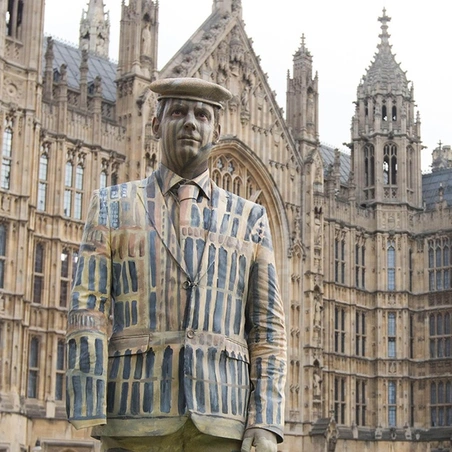Kenneth Lown, 95, has been a resident at Maurice House, our care home in Kent, since 2005. At 18, he joined the Fleet Air Arm of The Royal Navy and trained as an Observer.
"Our sixth form collapsed just as I started to study for my medical degree because all the staff went to war. So in 1941, aged 18, I volunteered for the Fleet Air Arm – I’ve always been good with figures and I liked the sound of navigation.
Travelling the world
Enemy submarines were trying to attack our troop convoys on their long voyage east. We carried depth charges to ward them off. It was very cold in that open cockpit!
My next shift was to the floatplane ship HMS Corfu – the central float was what we landed on in the sea, and when you were ready to take off, you were catapulted by a massive detonation, 2,000lbs of cordite, behind you.
These were patrols in the South Atlantic, searching for Japanese and German blockade runners. I had to study my ship recognition to be sure I wasn’t looking at a camouflaged enemy vessel.
HMS Victorious
Later, I’d be posted out to the Indian Ocean fleet, based in Colombo for operations against Sumatra. When Hiroshima happened I was doing night fighter work in Australia, so I did see a lot of the world.
Those Norwegian operations could be fraught. We’d be protecting an Arctic convoy, searching for the trails left in the water by periscopes – looking ahead of the convoy for a wolf pack, to the rear of it for any sub trying to pick off stragglers.


I'm one of the lucky ones
There was a very high rate of loss among the sailors; they were such an easy target for the bombers from the mainland and the submarines.
I take my hat off to the Merchant Navy and Royal Navy personnel, because thousands were lost, and when I look at my medals, they’re the people I think of. I’m one of the lucky ones who got through it.
Our secondary duty was to peel off and attack any German supply convoy we caught sight of – that’s why we had bombs under one wing and depth charges under the other, so we could tackle submarines or surface ships.
But those German ships could be protected by fighter planes despatched from occupied Norway, so it could be very dangerous.
Young and fearless
There was an almost macabre atmosphere in young airmen: we’d all wonder if the next sortie would be our last one, if it might be your turn today.
We all wrote the letters that would be sent to our parents if need be, and it was the naval custom then, and probably still is, to auction off their kit to their fellow airmen. And that money was then sent to the widow or the parents – much more useful than a dead man’s flying boots!
During the Remembrance period I always think back to those mates of mine who weren’t at the breakfast table. It’s an emotional time for me when the poppies come down.
The Legion and Maurice House
After the war, the Legion kindly paid for a one-week education course, and I went on to complete my medical degree.
I practised as a GP in Westgate and Broadstairs, and that’s when I got involved with Maurice House, as the Medical Officer. I’m a resident myself now: I moved here in 2005 after losing my dear wife.
So I’ve had a deep personal affinity with Maurice House dating back to 1957. I’m very content here, they look after us very well.
The Ushakov Medal
In 2013, I responded to an advert looking for anyone who had been engaged with the Arctic convoys, because the Russian government wanted to give us all something called the Ushakov Medal.
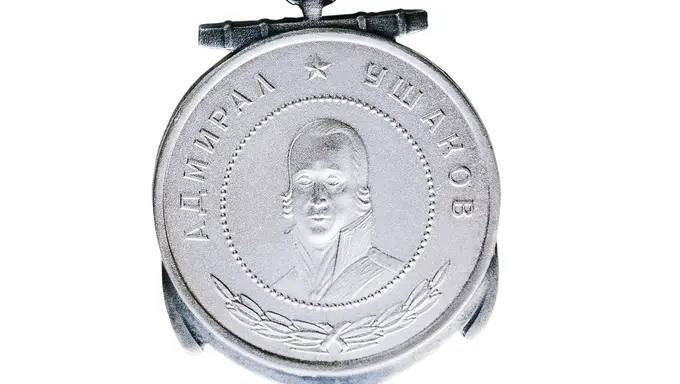
I didn’t hear anything and forgot even that I’d written to them, until March this year when two members of staff converged on me in the garden, saying a Russian colonel was waiting for me indoors!
He was a most distinguished-looking gentleman, around six-foot-six tall, who just turned up unannounced and asked to see me. He presented the medal to me, took a photograph of me with it, gave me a letter of thanks from President Putin, and left! I was very proud to receive it.


